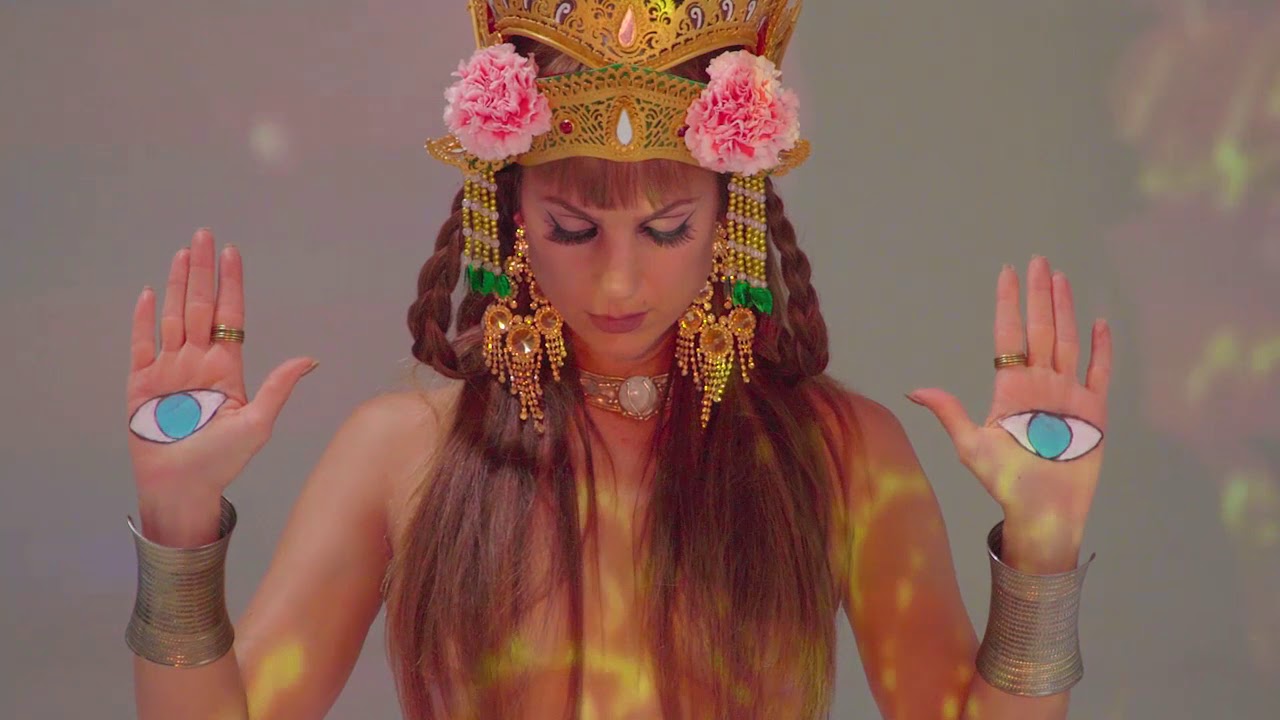Lifestyle
6.26.2020
Alia Mohamed, a Lebanese American belly-dancing virtuoso

Well known in the Los Angeles night scene, Alia Mohammed, a dancer of Lebanese origin, is revolutionizing the practice of belly dancing. Kawa News draws a portrait of this artist who mixes mischievousness and modernity to give a new breath to this oriental dance often considered as ancient and traditional.
An atypical personal journey
If Alia Mohammed is today a dancer renowned for her talent, especially in belly dancing, this is anything but coincidental. The artist, who had the honor of having a paper with her name in the American magazine Vogue, has an atypical life path.
Born in Texas, Alia grew up with an artistic father and player of the Doumbek, a Lebanese drum. She quickly became familiar with traditional Arabic music and its various related dance and choreography. As a teenager, she inherited her father’s and grandmother’s record collection, from which she will more or less directly draw inspiration for her visuals. During her university studies at the University of Austin, she decided to take belly dance classes but did not think of making a career out of it.
With her mesmerising Instagram videos, Mohamed transports her followers to another place and time https://t.co/zF0WDQEwOJ
— British Vogue (@BritishVogue) June 25, 2020
For Alia, dance is first and foremost a passion and not a profession, as she reconfirmed in her interview with Vogue: “I never thought of it as a career. I was fired from my job and it was a blessing in disguise. I thought, ‘Let’s try belly dancing and see if I can make some money out of it. I started doing it and making money from it”.
Influences from the diversity of Middle Eastern cultures
In order to achieve her exceptional performance, Alia Mohammed draws inspiration from artistic productions from the Arab world of the last century. Still, in her Vogue paper, she says she is inspired by Arab musicians of the 1970s such as Omar Khorshid and Elias Rahbani, or Mohammed Abdel Wahab and Abdel Halim Hafez of the 1950s and 1960s, both of whom are Egyptian-born artists.
His dance style was greatly influenced by belly dance clips from the Egyptian cinema of the 1950s and images of Turkish belly dancers from the 1980s. The most daring looks in his repertoire are a nod to the 70s and 80s, while the more modest necklines and curly suits pay homage to the style of the 40s and 50s. The cultural and historical references are assumed by the dancer, for whom it is important to remain faithful to the origins of belly dance costumes rather than focusing on modern techniques.
Alia Mohammed has participated in many shows, including a performance at the Orpheum Theatre in Los Angeles last year. She has also illuminated with her talent Electric Hamsa, a futuristic Arab event in Dallas last January. More recently, she worked with Mortezaie and DJ Shiva on a piece of video art inspired by Persian infomercials from the 1980s. “We combined futuristic elements with traditional Arabic music and dance,” explains Mohamed, who edited and animated the clip.
Remember the artist’s name, she may well become a world star in a few years’ time.
popular

